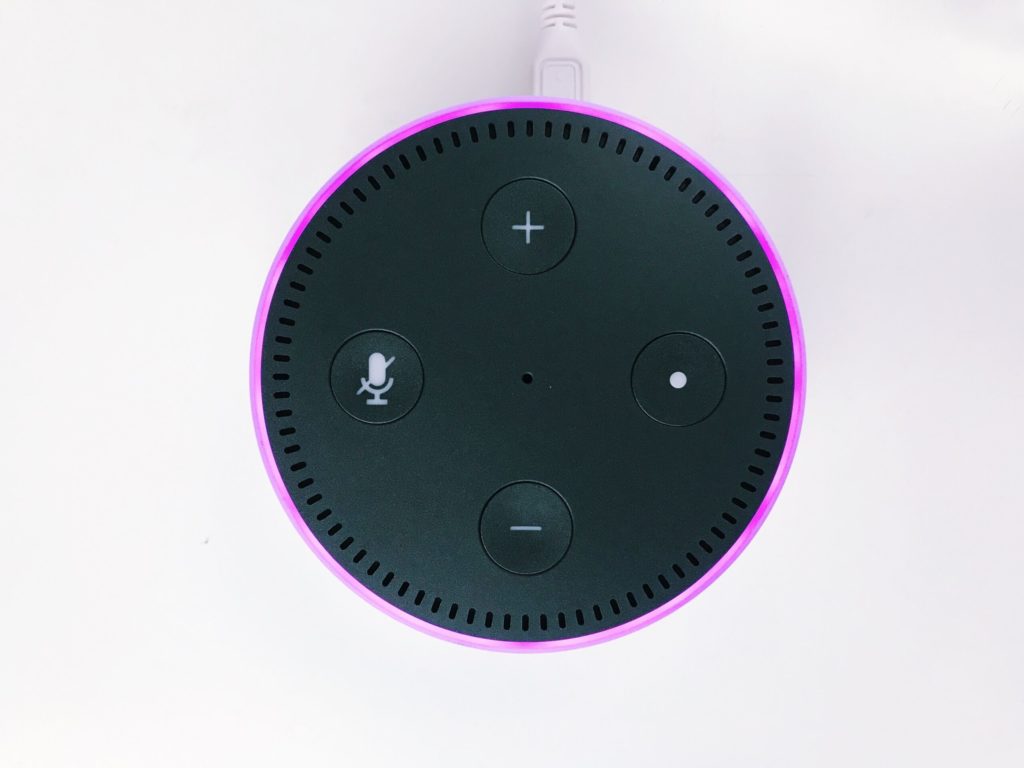By Chris Purcell, Product Strategist, Episerver
Last year saw a number of high-profile data leaks of voice recordings from leading virtual assistants, such as Apple’s Siri and Google Assistant. Even after the introduction of new measures to better protect the privacy of users, vulnerabilities remain. Alexa has recently been reported to have a gap in Amazon’s voice assistant platform that could potentially leak a variety of personal data.
Consumers are responding to this lack of security by moving away from voice-enabled online shopping — something that was highlighted in our recent report looking at online shopping habits. This shift in voice-enabled online behaviour is signalling that privacy is becoming a higher priority for consumers, who at the same time expect highly personalised digital experiences.
This new ‘digital experience paradox’ is challenging brands and retailers to strike a delicate balancing act between providing personalised content (which, of course, requires customer data) and respecting online anonymity.
Lessons from voice commerce
Voice commerce, once hailed as the next big thing in ecommerce, has been found to decline year over year. Our previous online shopping report found that 17% of respondents used voice-assisted devices to complete a purchase multiple times a month, versus just 7% this year.
Nearly half of global consumers surveyed noted that security concerns were one of the biggest deterrents to using voice-enabled devices to make purchases. One-third of respondents added that a lack of security features will stop them from making more purchases via devices like Amazon Alexa and Google Home.
Security concerns are not specific to voice-enabled search though, with 1 in 4 consumers feeling that brands and retailers should make respecting their online anonymity a higher priority in general.
The pressure to personalise
At a first glance, it may seem that consumers are conflicted in their desire for both personalised experiences and privacy. For example, 62% of respondents felt that companies should place the same priority on personalised experiences in 2020 as they did in 2019.
In practice though, consumers are willing to share their data, provided they receive something of value in return. They’re worried about companies misusing their data or having their personal information leaked but they also want content that’s tailored to their needs and preferences. In fact, according to our research, nine out of 10 consumers are happy to share personal data with brands if it helps deliver a more rewarding and satisfying shopping experience.
So how are companies addressing the increasingly high consumer expectations?
Uncovering the micro factors
It’s important to consider people and the wider context of their site visit. Understanding micro factors including time of day, where a customer is along the buyer journey, as well as channel-specific information can help retailers deliver the right recommendations to the right people at the right time.
For example, over 80% of consumers say they’re most likely to be on the couch when shopping online. This trend opens up an opportunity for brands to turn ‘couch surfers’ into committed buyers. The best way to do this is by personalising content and serving timely recommendations tailored to a customer’s purchasing context.
Products are also key.It’s likely that some SKUs will be in short supply or others not available at all, so only the most relevant, in-stock products should be displayed to avoid customer frustration. There’s a big opportunity to engage visitors by showcasing the products they will find highly appealing.
Personalisation and management of content inventory is increasingly driven by artificial intelligence (AI) solutions. AI can be used to better understand how customers are responding to personalised content in real time. When an AI-powered personalisation tool serves content to visitors at the individual level, content recirculation and average interactions per visitor are shown to increase.
In addition, machine learning personalisation dashboards provide powerful insights into customers’ interests, behaviour and content preferences. They also help brands identify who has the highest propensity to buy and when.
Trust and transparency
The right balance between privacy and personalisation can be achieved by first establishing a true transparency about how companies are using consumer data. Consumers also need to be given control over how and where their data is used.
The digital experience paradox can ultimately be solved by understanding what customers want and leading them to content that best resonates with their needs. Most importantly, this is an ongoing process that must be continuously updated and refined.










